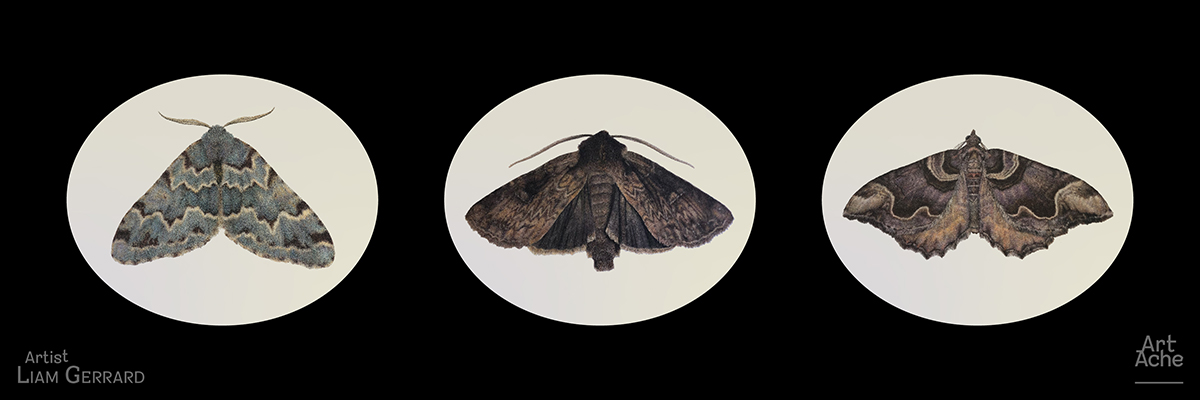The westernised construct of beauty has long influenced the portrayal of Aotearoa through fine art.
The influence of romanticism, which celebrated the sublime and awe-inspiring aspects of nature, was embraced by early landscape artists such as John Gully and Charles Heaphy; their work depicting the rugged beauty and untamed wilderness of New Zealand. These romantic ideals are woven into our country’s narrative – Pure NZ, God’s Own.
Such nostalgic depictions are still held in high regard by olden collectors. Reaching jaw-dropping prices in secondary markets, they make headlines. But these are the last of the spoils, things are different now.
The age of connection has opened eyes to other viewpoints, that even our most established institutions now celebrate – The Auckland Art Gallery Toi o Tāmaki broke its own mould with the long overdue Toi Tū Toi Ora: Contemporary Māori Art in 2020, and this month opens Ever Present: First Peoples Art of Australia, a survey of works by over 160 First Nations Australian artists from 1890 to today.
Ever Present bridges time and place, the works on display are interconnected through stories and experiences that explore themes of Ancestors, Community, Culture, Colonisation, and Identity.

Just as our environment is changing so is the lens of art. Art Ache’s exhibition Moths by Liam Gerrard exemplifies this evolving lens. Displayed on Lumo Digital’s outdoor platform, the exhibition reaches a wide audience, subverting the nation’s urban landscape. In this series, Gerrard captures the fragility of life in captivating portraits of three endemic New Zealand moths — insects with an average lifespan of one to six months, that often survive for just one to two weeks.
Seeing Gerrard’s quiet light seekers enlarged within a cityscape creates a moment of delicate beauty, the 16-second fleeting nature of the medium highlights their short lifespans and invites viewers to pause, reflect, and cherish the transient nature of life.
Contemporary art is now reflecting the temporary nature of the landscape, embracing diverse perspectives, and challenging traditional norms, creating a dynamic and evolving artistic landscape.







